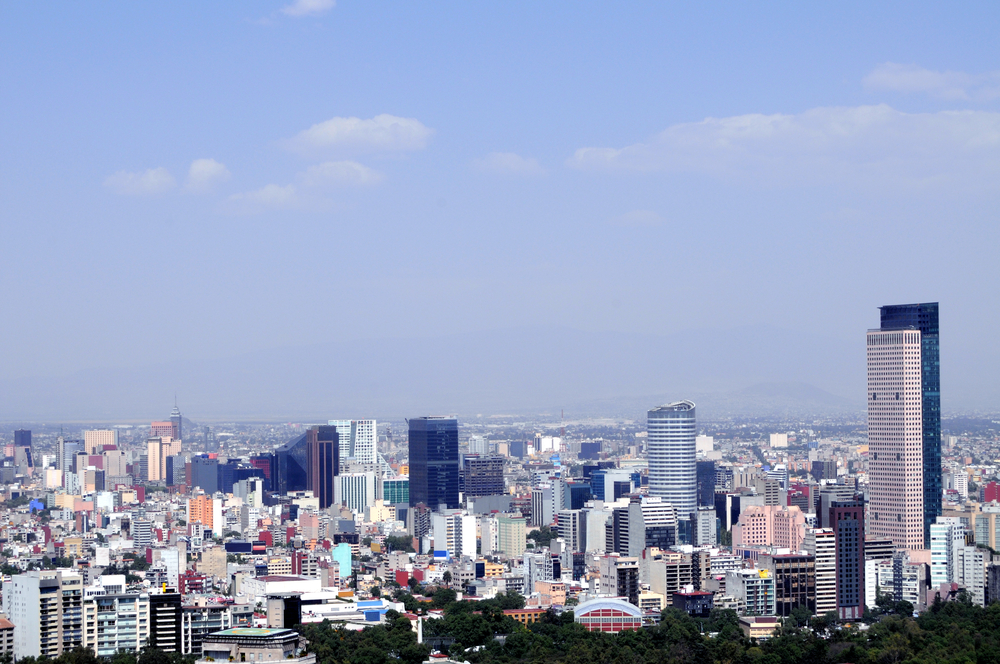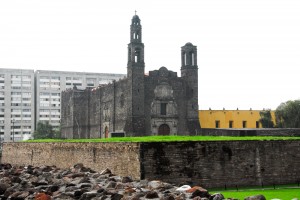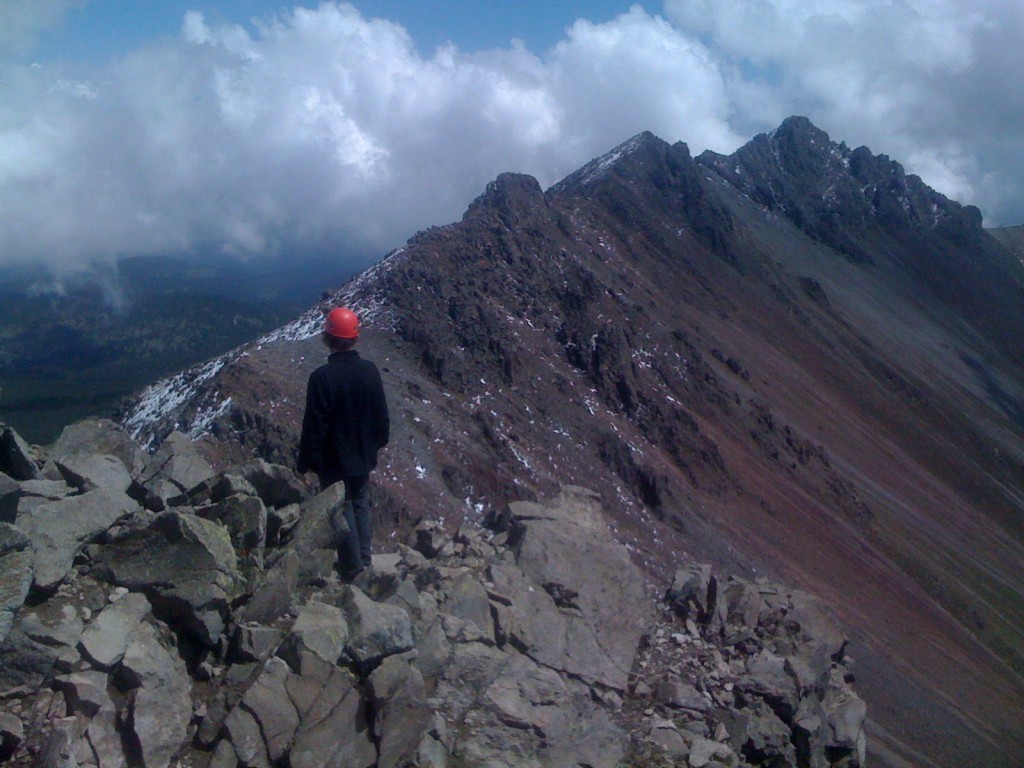 The other day I was casually perusing the internet and I happened on this article by the National Journal. In it, they ask 1,000 Americans for three words describing Mexico. Seventy two percent described their neighbor to the south with “drugs,” “danger,” “cartel,” “crime” or “violence.” For someone living in Mexico City, this is sad and bewildering (though, it’s worth pointing out that 4-5 percent said both Canada and Britain were “not developed” countries, betraying a small moron bias in the sample).
The other day I was casually perusing the internet and I happened on this article by the National Journal. In it, they ask 1,000 Americans for three words describing Mexico. Seventy two percent described their neighbor to the south with “drugs,” “danger,” “cartel,” “crime” or “violence.” For someone living in Mexico City, this is sad and bewildering (though, it’s worth pointing out that 4-5 percent said both Canada and Britain were “not developed” countries, betraying a small moron bias in the sample).
On behalf of my adopted city, I must object. Those who live in Districto Federal – D.F. to us – live a safe, secure, and wonderful lifestyle. And we “chilangos” (which is what we’re called) have a special kind of love for our town, just like any New Yorker, Bostonian, or San Franciscan. We have the culinary tradition to meet the Big Apple, mountains to beat Denver, and enough hipsters to equal the Bay Area (check that – no city has that many hipsters).
And yet, no city in the world has such an undeserved bad rap. For instance, people commonly to come here and say, “Wow, you can just feel the air pollution in your chest. It actually tightens your lungs!” That’s not pollution, genius, that’s the altitude. Denver thinks it’s all cool for being a mile high. Whatever. We’re 25 million people living one and a half miles up. The highest peak in Colorado is 14,400 feet – we have parking lots that high. You want really big mountains? In spitting distance, we have four bigger than anything in the lower 48. And beyond that, the fourth biggest on the continent.
The truth is that air pollution in DF is on the decline. Thanks in part to the constant effort of Nobel Laureate Mario Molinas, the air above Mexico City is among the most documented in the world and ozone has been dropping since the early 90s. In fact, while it’s still above L.A. (which, like D.F., is geographically perfect for trapping pollution), it never got as bad here as it did there in the 60s and 70s.
“But Erik,” you say, as if this was a casual conversation, “I don’t care about smog, I just don’t want to die in an earthquake.” True, 10,000 people died in 1985 when a 8.0 quake came thundering 200 miles from the coast and rocked the city. But here’s the thing: DF quakes are unique in the world. There aren’t actually any significant faults under the city – it’s just that far distant quakes get magnified by the bowl of landfill Jell-O that is the ground beneath us. It seems D.F. was once an island in a giant lake that the Aztecs – and later the Spanish – loved to fill in.
So, unlike at my old home on the Hayward Fault in California, chilangos don’t feel the actual quake as much as the jiggling of the Jell-O. This jiggling is highly predictable and specially targets buildings between eight and 20 stories (creating a destructive resonance, almost like a guitar string). Until 1985, no one really knew how this worked and scientists were as shocked as anyone else. No longer. Mexico City is now one of the most-studied earthquake cities in the world. Strict laws that went into place after 1985, especially aimed at 8-20-story buildings. This year, when a 7.4 quake hit, there were just 11 injuries and no deaths.
On top of that, Mexicans have a great health care system, some of the most coolest archeology anywhere, and food that will make you never leave. But somehow, not one of those things made the list (“beaches” came in at #11, with 5 percent).
DF isn’t perfect, God knows. Its thoroughfares are hopelessly packed with cars and impossible to navigate (our GPS lady finally gave up and has taken to reciting passages from The Great Gatsby rather than telling us where to go). But D.F. isn’t about the thoroughfares, it’s about the little neighborhoods. Every visitor that has come to see us says the same thing – the media has lied to us about Mexico City. It’s far more inviting than New York, more cosmopolitan than Boston, and has better weather than Chicago.
It’s true that Northern Mexico is in crisis. But if more Americans would venture south into one of the world’s great cities, they might find they have more in common with their neighbor than they think.
To dig deeper into the fascinating world of Mexico City, check out David Lida’s First Stop in the New World.
Images: First two photos were generously provided by Shutterstock and the last is mine, taken on Nevada de Toluca.


You really make us want to visit the city with this description. If there only was a reasonable way to get there from Osaka; preferably one that doesn’t force us through US airspace and the resulting paranoia. It seems the shortest way is actually via Europe, which means half of our vacation time would be spent in a coach seat or airport, not on the streets of a fascinating city.
Now I really want to go there! Also, I love your descriptions. “landfill Jello,” oh my.
“That’s not pollution, genius, that’s the altitude.” <– hilarious. The sad part is that I'd probably be one of the airheads making this moronic assumption, having rarely experienced altitude changes like that.
Callie, how do you think I came to this realization (ps, don’t think that your “airhead pun was lost on me)? Janne, I won’t deny that a certain global “lack of Mexico enthusiasm” can make it tough to get decent flights here. Check out the nearby Toluca airport, though.
What a wonderful homage to one of the world’s great cities. It was such a great article that I found myself wanting to read so much more, to take in the joyous affection and strong sense of place for this “underdog” of a metropolis. Thank you, and more please…
Thanks for the article. It does give me a much different, much better, view of Mexico.
Most people notice when being in DF the first time hoe GreeN it is… Trees every where!